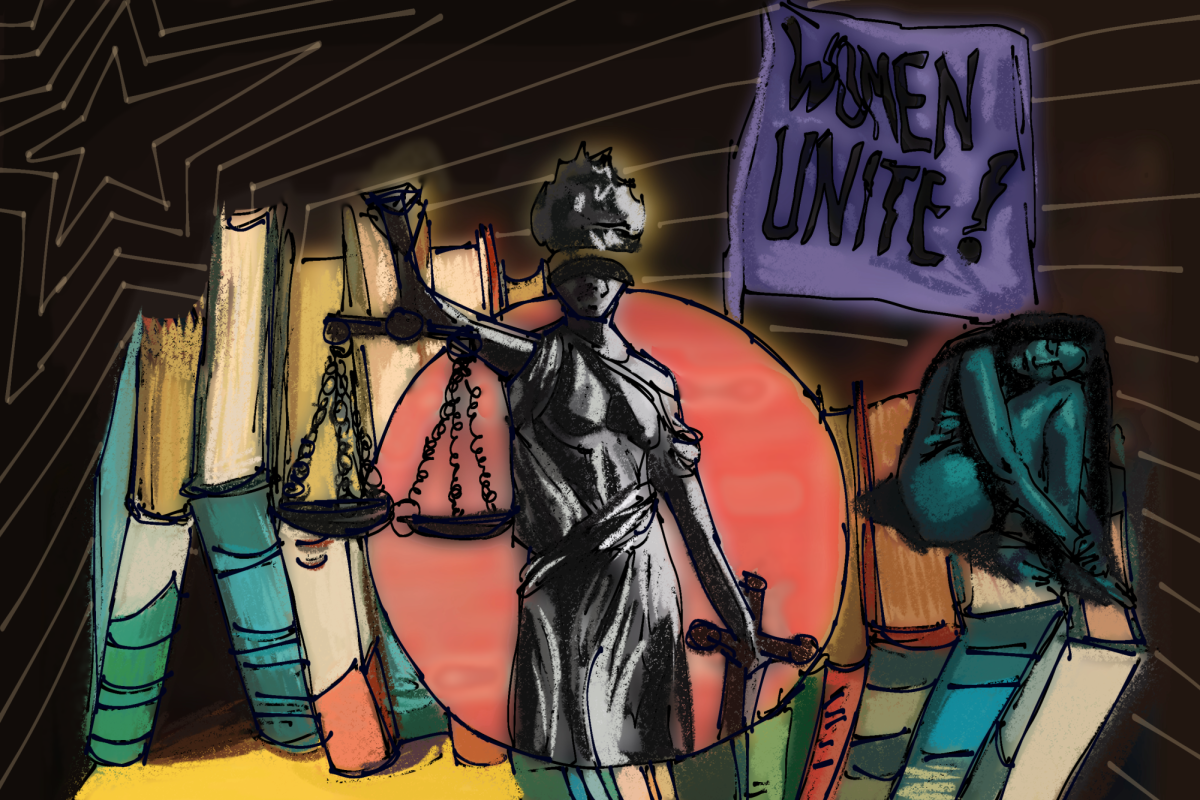“Remember the Alamo” is a phrase that has lived in infamy since March 1836. This phrase and its connotations are emblematic of the highly United States-centric way we are taught Texas history. Beneath the layers of the legendary face-off lies a complex history riddled with misconceptions and oversimplifications.
Texas public education is subject to the biased curriculum the state legislature authorizes. As recipients and byproducts of this history, it’s important that we unearth and rediscover it for what it truly is.
According to Texas history professor Walter Buenger, we typically make two mistakes when recounting the events that comprised the Texan Independence.
“One is what you might call a sin of commission — things that (have) just been added on that are wrong,” Buenger said. “The other is the sin of omission: things that are just left out, that are erased.”
Most Texans typically characterize the revolution as a fight of good versus evil. While there is no denying that the Texan Independence was a fight for independence from the self-appointed dictator Antonio López de Santa Anna and his Siete Leyes, we often overlook other critical motivations.
From the Mexican perspective, the Texas Revolution threatened national sovereignty. Mexico opened its borders with the understanding that immigrants would become Mexican citizens and embrace the culture. However, many of the settlers had migrated to Texas with hopes of preserving their way of life, which included the institution of slavery. The Mexican government made repeated attempts to outlaw slavery, angering Texans whose economy relied heavily on the cotton industry.
The desire for autonomy from Mexican rule was intertwined with these economic and social interests. The misconstruction and denial of this undermines the root causes of our history and the struggles of certain marginalized ethnic groups.
Martha Menchaca, a professor of social anthropology and Mexican and Latin American Studies, said referring to primary historical documentation is critical to grasping the significance of slavery.
“It’s important to look at Mexican federal legislation and laws that document Mexico’s position on the emancipation of slavery… and not solely rely on U.S. texts of the 19th century,” Menchaca said.
The composition of the Texian forces is also often misrepresented. Defenders of the Alamo were composed of volunteers from various backgrounds, including Tejanos — Texans of Mexican Descent — whose contributions to the revolution are often overlooked. This demonstrates that the struggle for independence was not solely divided along ethnic lines as many individuals at the time claimed, including figures such as Stephen F. Austin.
Our accounts of Texas history are biased and racialized. This is particularly important when we consider what this history meant for ethnically Mexican populations in the mid-late 19th century following the war, even for heroes like Juan Seguin.
Moreover, the siege of the Alamo itself is often romanticized, emphasizing the defenders’ courage and sacrifice. But it’s important to consider that many, if not most, of the men in the Alamo on that day had only been there for a few months. They were drawn to the fight by promises of land in exchange for their service. This omission is paramount to the fabricated narrative, in truth, these defenders were not fed-up Texans fighting for the grievances enumerated in the Declaration of Independence.
As such a central part of Texan culture, it is critical that we revisit these understandings and acknowledge that our memory is clouded. Our history is undeniably partial and American-centric, but we must challenge our own biases and beliefs in order to truly learn from our past. Our negligence tells us more about our present than about our past.
Rodriguez is an economics and philosophy junior from Tyler, TX.














